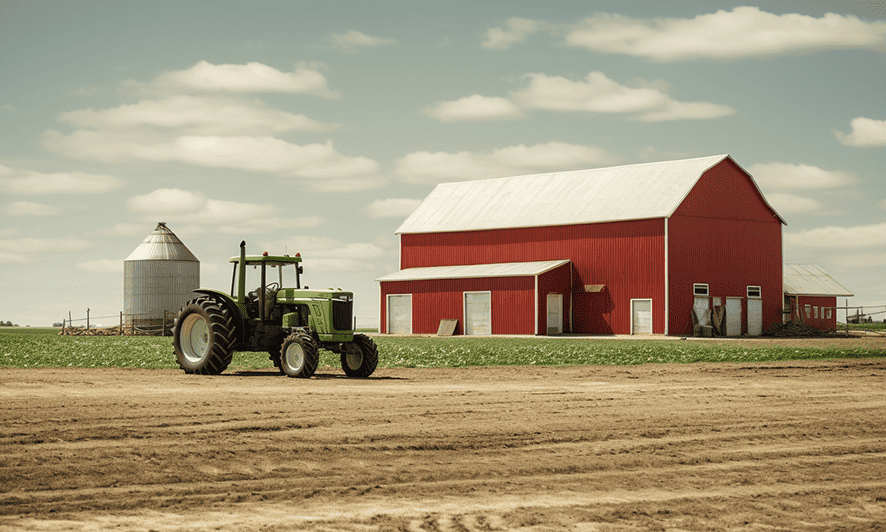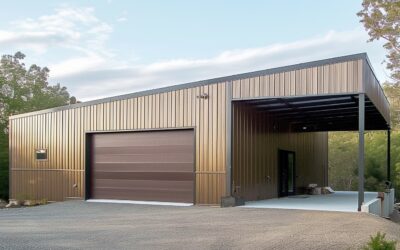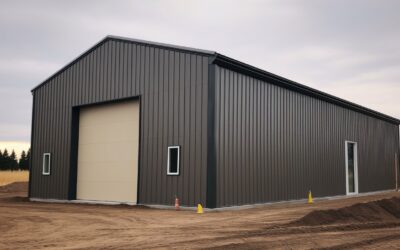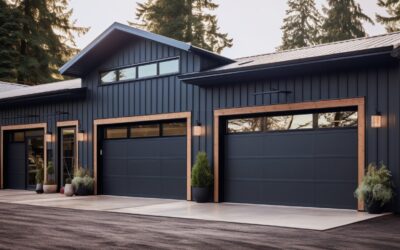The Emergence of the Durable Iron Homestead: An Evolution in Agricultural Spaces
The cut-throat world of agriculture has always demanded hardy structures. The quest for building durable agricultural spaces has led to a dramatic shift in the materials used, from traditional wooden stables and barns to iron and steel outbuildings. Welcome to the era of the Iron Homestead, where resilience meets sustainability, and durability stands the test of time.
Turning to Steel: A Future-Proof Farming Approach
To begin with, let’s discuss the elephant in the room: why the shift towards harder, more resistant materials like steel? Agriculture is a sector heavily impacted by the galloping pace of climate change. Adverse weather conditions, such as hail storms and strong windy days, have become the industry’s common battle. As a result, the need for robust, next-gen farming infrastructure has grown tremendously.
Future-proof farming steel is becoming a significant game-changer in this regard. Its innate strength and durability make it a wise choice for farmers and agribusinesses looking to construct lasting farming spaces. It’s not just about weather resilience; it’s about preparing for the future.
The Dark Horse of Agricultural Spaces: Steel Outbuildings
When you think of an agricultural space, there’s a good chance that gentle dairy cows and quaint, wooden barns might come to mind – classic, but not necessarily efficient. Consider outbuildings made of hardy steel- a shift that is gaining traction.
These outbuildings range from general storage sheds to unique applications such as poultry houses, horse stables, and more. Steel structures offer advantages far beyond sturdiness – they’re low maintenance, fire-resistant, pest-free, and can be designed to offer optimal conditions for livestock and crop storage.
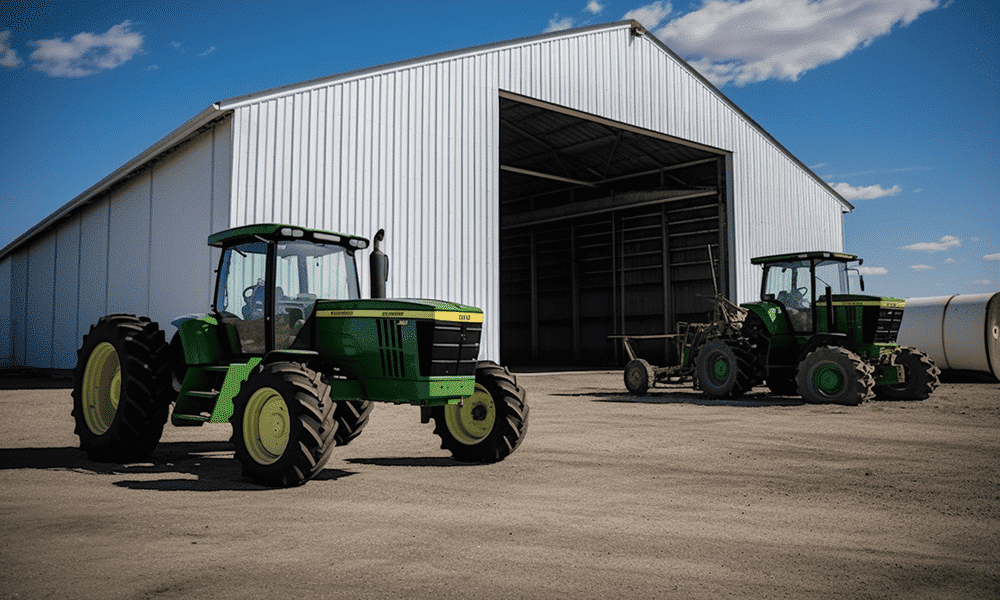
Shedding New Light: The Agricultural Shed Revolution
One interesting type of steel outbuilding that is capturing attention is the agricultural shed. No longer a simple storage space at the backend of the farm, this humble structure has evolved significantly. But what makes a steel agricultural shed so special?
Primarily, it’s about adaptability. A steel agricultural shed can serve a plethora of functions – feed storage, machinery housing, workspace, and others. The scope for customization is immense, with farmers able to define everything from size and design to insulation and ventilation.
Making a Mark: Metal Architecture in Agriculture
As we delve deeper into the world of iron homesteads, we cannot ignore the design and aesthetic aspect. The rise of steel in agricultural spaces brings with it the emergence of a stunning new genre of metal architecture.
This type of architecture focuses on creating structures that are not only functional but also aesthetically pleasing. Instead of sticking out like sore thumbs, these steel edifices blend seamlessly with the landscape, adding a modern touch without compromising rural charm.
Conclusion: A Stronger Future for Agriculture
The journey towards building durable agricultural spaces is far more than a trend; it’s a necessity driven by the harsh realities of climate change and a bid for efficiency. The Iron Homestead stands tall, symbolizing this evolution.
Seeing the transition from traditional wooden structures to steel outbuildings – especially the versatile agricultural shed – has been remarkable. Meanwhile, the surge in appealing metal architecture is ensuring that these elegant iron bastions are far from an eyesore.
Agriculture is embracing resilience like never before, making the promise of sustainable and enduring farming spaces not just a reality, but the new standard. Welcome to the Iron Homestead epoch – tough, enduring, and forever forward-thinking.

